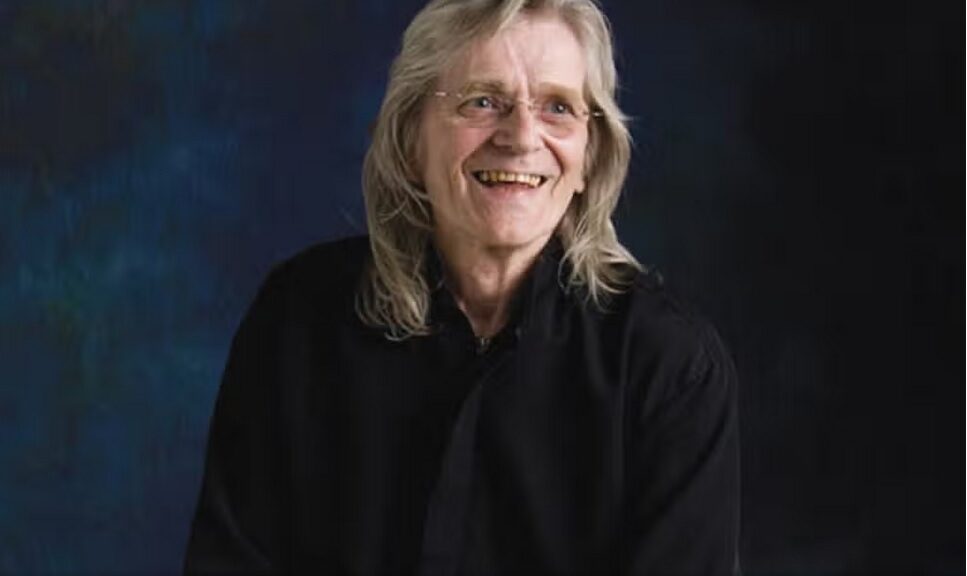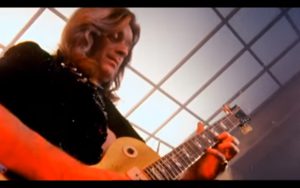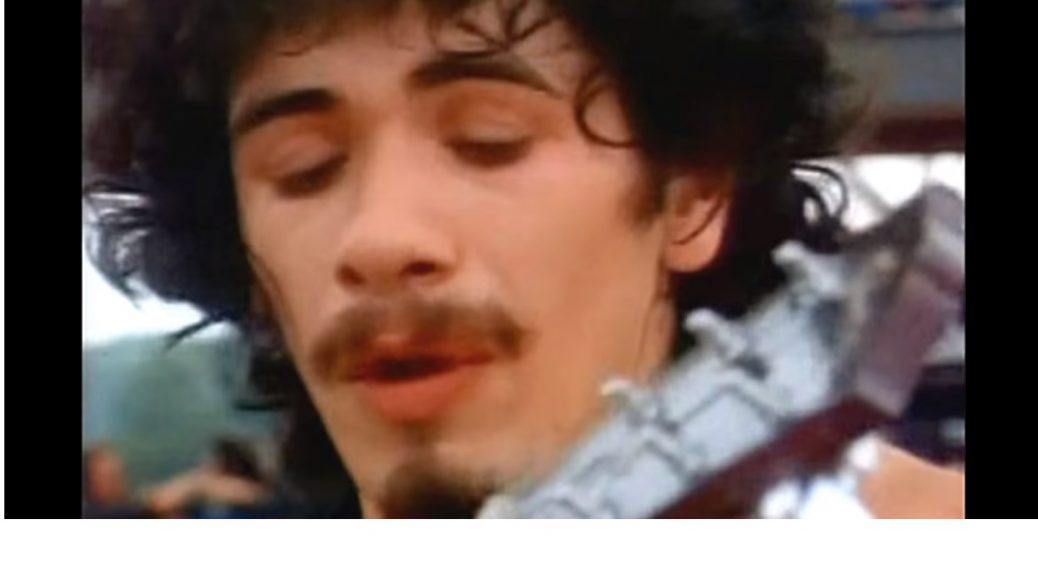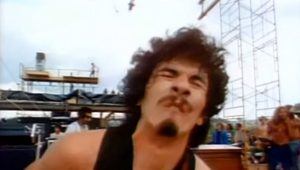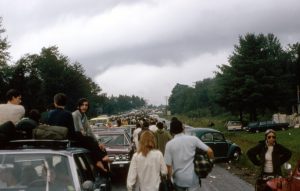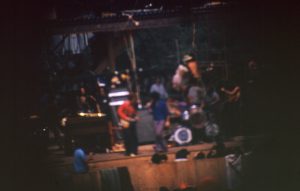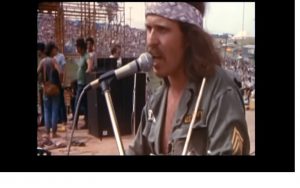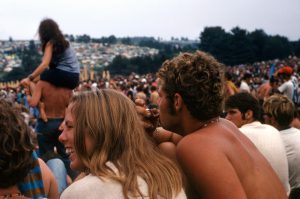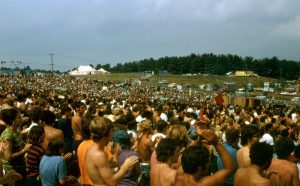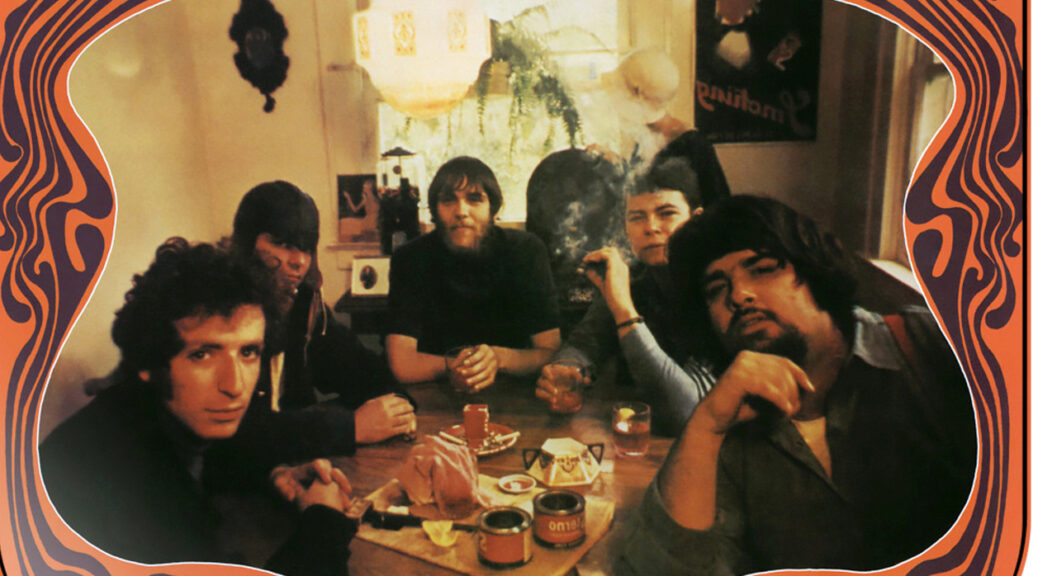Grease Band Henry McCullough
21 July 1943 – 14 June 2016
Guitarist extraordinaire
Grease Band Henry McCullough
Early on
Henry Campbell Liken McCullough was born in Portstewart, Northern Ireland. He played guitar with various bands as a teenager. In 1967 while playing with The People, he got a break when ex-Animal bassist Chas Chandler signed the band and changed its name to Eire Apparent.
Grease Band Henry McCullough
Grease Band
Eire Apparent toured with many of the emerging bands of that time including the Jimi Hendrix Experience, Pink Floyd, Eric Burdon and the Animals, and the Soft Machine.
He went back to Ireland for awhile, but in 1969 joined Joe Cocker’s back up band, the Grease Band. It was while with them that McCullough played at the Woodstock Music and Art Fair.
Grease Band Henry McCullough
Wings
After leaving the Cocker-less Grease Band and playing on the Spooky Tooth album, The Last Puff, Paul McCartney asked McCullough to join Wings in 1971. He stayed with them for two years. His one-take improvised solo on Paul McCartney’s “My Love” is considered a classic.
Grease Band Henry McCullough
Solos and Sessions
Between 1975 and 2012 McCullough released five solo albums. During that same time he worked on numerous other projects as as sessions musician. among whom were Marianne Faithfull and Donovan. He also appeared on the original cast recording of Jesus Christ Superstar.(see AllMusic’s credit listing)
Grease Band Henry McCullough
Dark Side of the Moon
An interesting piece of trivia is that McCullough’s voice appears on Pink Floyd’s Dark Side of the Moon amongst the several heard. His “contribution” is at the end of “Money” when he speaks of being drunk. In the compilation below, it can be heard around the 55 second mark.
https://www.youtube.com/watch?v=CJvSzJphgT8
Grease Band Henry McCullough
Henry McCullough
In November 2012, McCullough suffered a heart attack which left him incapacitated. He died on June 14, 2016. Paul McCartney said in a Rolling Stone magazine article following McCullough’s death, “He was a pleasure to work with, a super-talented musician with a lovely sense of humor. The solo he played on ‘My Love’ was a classic that he made up on the spot in front of the orchestra.”

